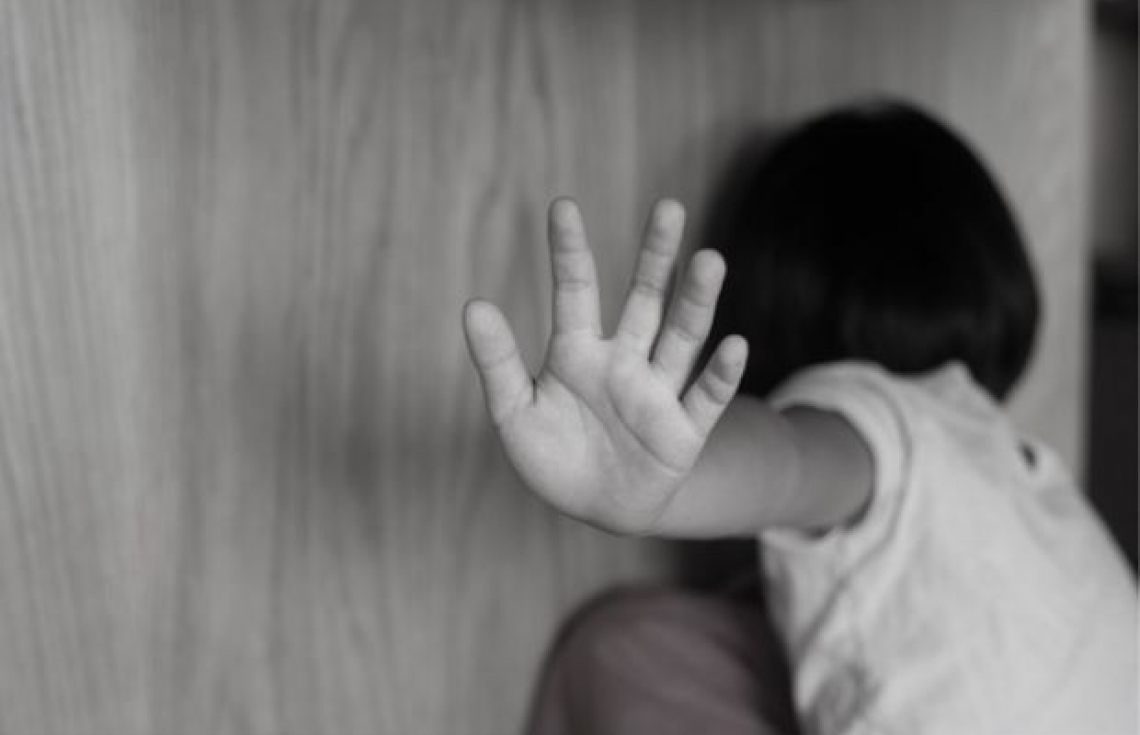
What is Child Molestation:
The definition of child molestation, as well as the broad range of behaviors that lie within this definition (i.e., child sexual abuse, child sexual assault, and sexual exploitation of children), is examined. Child molestation is defined as “an act of a person–adult or child–who forces, coerces or threatens a child to have any form of sexual contact or to engage in any type of sexual activity at the perpetrator’s direction”.
LAWS GOVERNING RIGHTS OF CHILDREN:
A. Commissions for Protection of Child Rights (CPCR) Act, 2005
B. Protection of Children from Sexual Offences Act (POCSO), 2012 – It is one of the Indian government’s most progressive laws, to combat sexual violence against children. POCSO qualifies penetrative sexual assault on a child below the age of 12 as aggravated penetrative sexual assault, a crime punishable with a fine and a minimum term of rigorous imprisonment for 10 years, which can be extended to life imprisonment.
C. Juvenile Justice (Care and Protection of Children) Act, 2015 – It is India’s fundamental law in dealing with children in need of care and protection. It caters to their needs through care, protection, development, treatment, social reintegration, through its child-friendly approach by addressing matters in the best interest of children.
D. Constitution of India and in particular Article 15(3) mandates making of Special laws for the welfare of children.
E. UN Convention on the Rights of the Children (UNCRC) adopted by the UN General Assembly in 1989 delivers universal recognition of children’s rights to its member nations.
THE WAY FORWARD HOW TO OVERCOME THE CHILD MOLESTATION:
- Primary preventive measures have to be developed in parallel to care measures so that the incidence of child abuse can be reduced in the future. Due to the large number of maltreatment cases (amounting to millions worldwide, not allowing the action of protection agencies) and also due to the perception that neglect is the most common type of maltreatment, it is more efficient to invest in primary preventive measures than in policies whose focus is on the identification and accountability of individual cases.
- Working with prevention means acting at several levels simultaneously: with individuals (children and adults, victims and offenders), with personal relationships, with the community and with society.
- Parliament is making strict laws and judiciary placing the most important role of interpretation of laws to overcome the issue of child abuse.
- Awareness amongst children so that they can protect themselves in such situation.
NOTE: In the specific case of sexual abuse, clarifying the responsibility of the offender, discussing information about sexually abusive behaviors and future safety of the child are issues that can be addressed by pediatricians. Child protection should be the goal of any treatment, promoting the well-being of the children and their families, their safety and the guarantee that they belong to a family and have a home. When someone suffers an act of violence, he/she experiences feelings of helplessness and inability to control the situation. If the victim is a child, these feelings are also felt by family members. It is crucial to consider and try to reverse these situations. In fact, one of the most important roles of emergency pediatricians is to prevent the post-traumatic stress syndrome (PTSS), which affects 15 to 67% of children and adolescents exposed to violence.